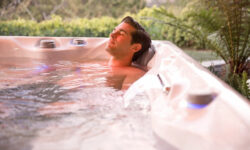You’re probably wondering if you can enjoy your hot tub on hot summer days. Absolutely! But, there are a few things you should know before diving in.
Yes, you can use a hot tub in summer. Hot tubs can be adjusted to a lower temperature, making them more suitable for use in warmer weather. The warm water can still be relaxing and provide therapeutic benefits. Moreover, using it in the evening when temperatures drop can also be a good option.
This article will guide you through the benefits and potential drawbacks of summer soaks. You’ll get tips for a refreshing hot tub experience and we’ll debunk some summer hot tub myths.
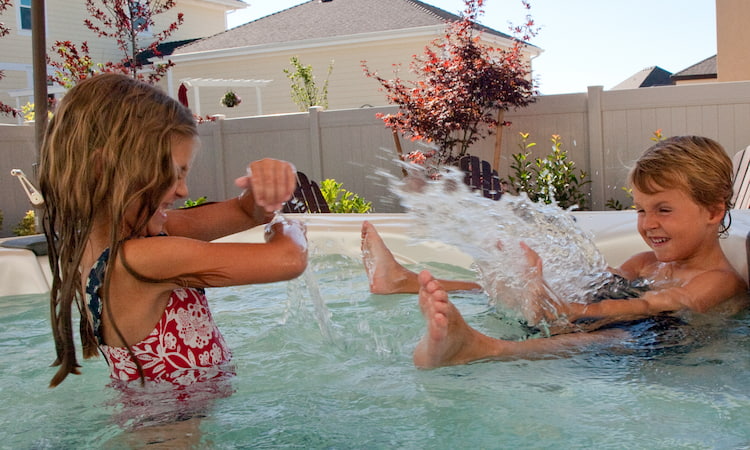
Quick Navigation
Understanding Summer Hot Tub Usage
In understanding your summer hot tub usage, it’s essential to consider several factors that can impact your experience.
First, it’s about the outdoor temperature. High summer temperatures can make your hot tub feel less refreshing and more like a sauna. You’ll need to adjust the water temperature accordingly. Typically, a setting around 85-88 degrees Fahrenheit is comfortable in hot weather.
Related Read: Can I Turn the Heater Off on My Hot Tub?
Secondly, consider the exposure of your hot tub. If your tub is exposed to direct sunlight, it’ll heat up quickly. You may want to invest in a canopy or umbrella to provide some shade.
Thirdly, understand that summer is a time of increased bacterial activity. Warm weather accelerates bacterial growth, so you’ll need to be extra diligent about maintaining the cleanliness of your water.
Lastly, your usage patterns might change in the summer. You may find yourself using the hot tub more frequently for parties or relaxation. This increased usage can impact the water quality and require more frequent maintenance.
Benefits of Summer Soaking
You’ll find that summer soaking offers a plethora of benefits that enhance your overall hot tub experience.
As the heat of the day subsides and the evening draws in, immersing yourself in the warm water of a hot tub can provide a relaxing and therapeutic experience. You’ll discover that this can be a wonderful way to cool down while still enjoying the therapeutic benefits of hydrotherapy.

The first major benefit is muscle relaxation. The warm water soothes your muscles, eases tension, and promotes blood circulation, which can help you recover from physical exertion more quickly.
Additionally, the buoyancy provided by the water can alleviate pressure on your joints, making it an ideal setting for gentle exercise and stretching.
Moreover, hydrotherapy has been shown to improve sleep patterns. The warmth and relaxation provided by a hot tub can promote a deeper, more restful sleep. This is particularly beneficial during summer nights when heat can disrupt your regular sleep cycle.
Lastly, summer soaking can be a social activity. Whether you’re hosting a party or spending a quiet evening with loved ones, a hot tub can create a unique and enjoyable atmosphere.
Potential Drawbacks to Consider
While the benefits of using a hot tub in summer are considerable, it’s also important to be aware of potential drawbacks that could affect your experience.
One of the major concerns is overheating. When the air temperature is already high, sitting in hot water can cause your body to overheat, leading to dizziness, nausea, and even heat stroke in severe cases.
Another issue is water evaporation. In summer, the water in your hot tub can evaporate at a faster rate, meaning you’ll need to refill it more often. This not only wastes water but also increases your water bill.
Lastly, the warm weather might attract insects or other pests to your hot tub, which could be a nuisance and affect your relaxation.
Here’s an overview:
| Drawback | Explanation |
|---|---|
| Overheating | High air temperature combined with hot water can cause dizziness, nausea, and potentially heat stroke. |
| Water Evaporation | Faster evaporation means more frequent refills, wasting water and increasing your bill. |
| Pests | Warm weather can attract insects and other pests to your hot tub. |
Tips for Refreshing Hot Tub Experiences
After considering these potential drawbacks, it’s time to dive into how you can make your summer hot tub sessions refreshing and enjoyable.
Firstly, keep the water temperature lower than usual. Ideally, it should be around 85-90 degrees Fahrenheit. This will make the tub feel more refreshing and less overwhelming in the heat.
Related Read: Can You Make a Hot Tub Cool in the Summer?
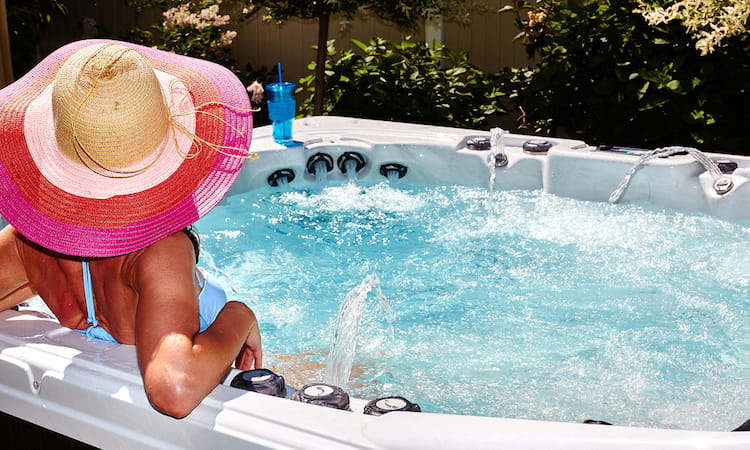
Secondly, ensure you’re maintaining the right balance of chemicals in your tub. Proper pH levels are essential for a pleasant hot tub experience. Too much acidity can irritate your skin and eyes, while too much alkalinity can cause scaling and cloudiness in the water.
Related Read: Can You Add Hot Tub Chemicals to Cold Water?
Thirdly, invest in a good-quality cover. This will help to keep the water cool when you’re not using the hot tub and prevent debris and insects from getting in.
Finally, remember to stay hydrated. It’s easy to forget to drink water when you’re relaxing in a hot tub, but it’s essential for preventing dehydration and heatstroke.
Debunking Hot Tub Summer Myths
Despite the precautions outlined above, you might still be wary of using your hot tub in summer due to prevalent myths. Let’s set the record straight:
- Hot tubs are too hot for summer use. The truth is, you can easily adjust the water temperature to your comfort level. You’re not obligated to keep it at the standard 104°F; even a dip to 85°F can feel refreshing on a hot summer evening.
- Hot tub use can lead to dehydration in summer. While it’s true that hot tubs can increase your body temperature, leading to potential dehydration, this can be mitigated by proper hydration. Ensure you’re drinking plenty of water before and during your soak to keep your body adequately hydrated.
- Hot tubs attract mosquitoes in summer. While standing water can attract mosquitoes, hot tubs aren’t a breeding ground for these pests. Regularly running the jets and maintaining proper water chemistry discourage their presence.
Frequently Asked Questions
To maintain your hot tub in summer, you’ll need to regularly clean it, adjust its temperature, and balance the water’s chemicals. It’s also crucial to keep the tub covered when not in use.
Yes, you can use a hot tub in summer. However, the summer heat may cause water to evaporate faster, requiring more frequent top-ups and chemical adjustments to keep the water balanced and safe.
Yes, there’s a recommended temperature for summer hot tub use. You’d typically set it between 85-95°F. It’s cooler than the usual 100-102°F, which reduces overheating risks and maintains a comfortable soak.
Yes, frequent hot tub use in summer can lead to skin problems. It’s due to prolonged exposure to warm water, which can dry out your skin, and chlorine, which might cause irritation or allergies.
Absolutely, you’ll find hot tub models specifically designed for summer use. These tubs often feature adjustable temperature controls and improved ventilation systems. It’s important to research and choose a model that suits your summer needs.
Conclusion
In conclusion, you absolutely can enjoy your hot tub in summer. The benefits, like relaxation and improved sleep, persist year-round.
However, remember to manage the heat levels to avoid discomfort. Use cool water and shaded areas for a refreshing soak. Don’t let misinformed myths stop you from enjoying your hot tub during the warm months.

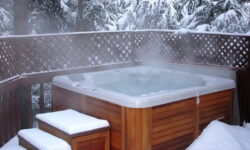
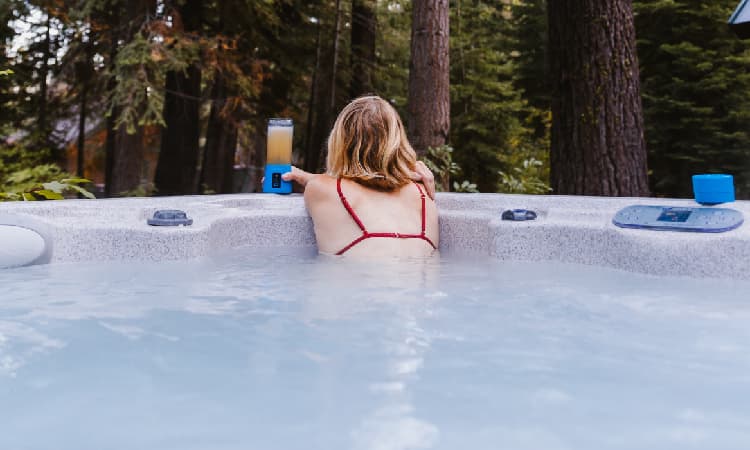
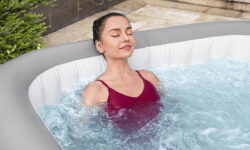
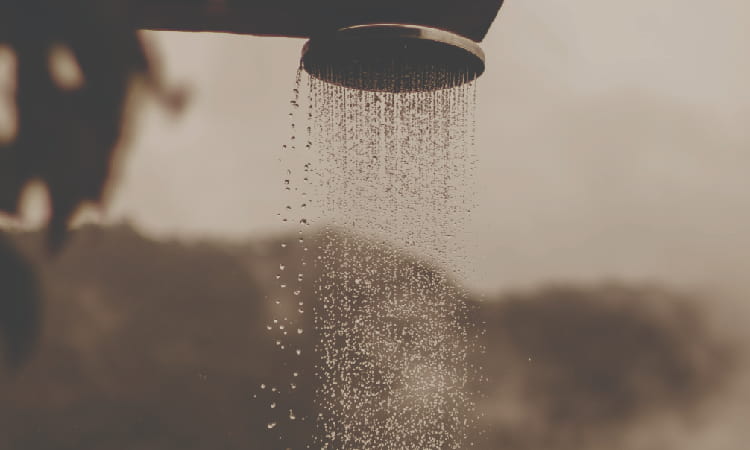
![Is Hot Tub Good for Cold? [Potential Risks & Precautions] Is Hot Tub Good for Cold](https://hottubtales.com/wp-content/uploads/2023/10/Is-Hot-Tub-Good-for-Cold.jpg)
